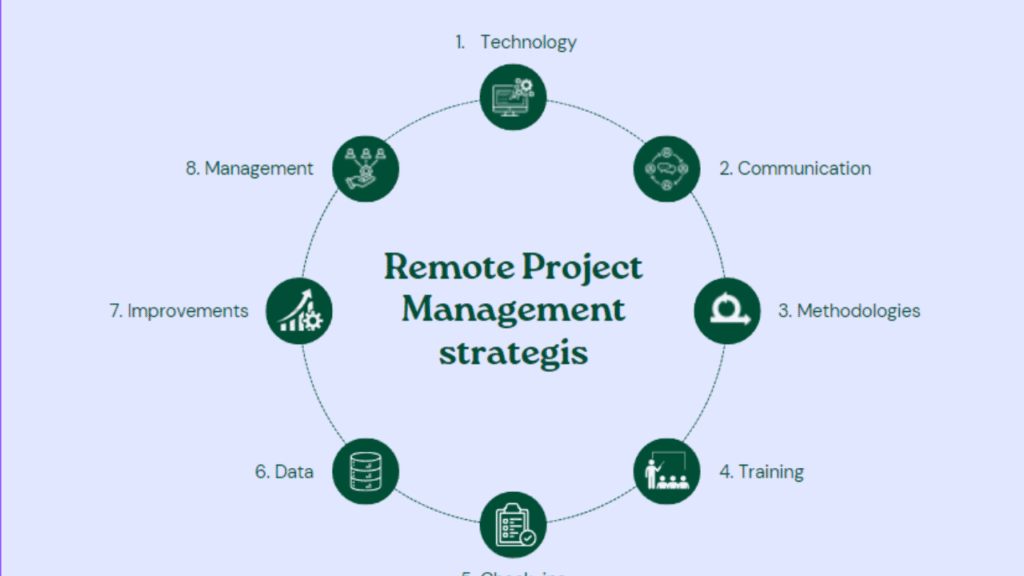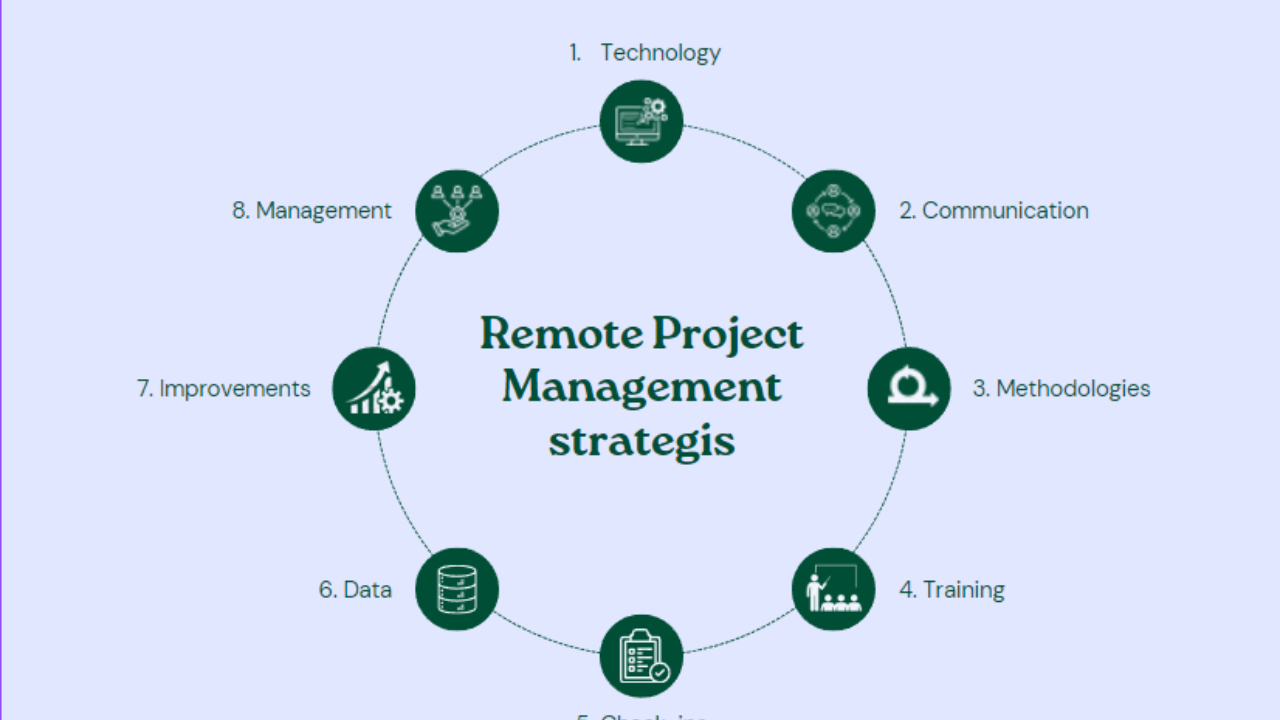
As nonprofit organizations, design-based NGOs, and social enterprises expand globally, managing remote teams becomes a strategic priority rather than an operational inconvenience. Remote teams offer the flexibility to source local expertise, reduce costs, and build grassroots legitimacy. However, leading teams across time zones, cultures, and communication barriers requires clear systems, strong leadership, and a deep understanding of remote team dynamics.
This article explores how to manage remote teams across global project locations—focusing on communication strategies, productivity tools, accountability systems, and fostering inclusive team culture.
Overview Table: Critical Components of Remote Team Management
| Component | Purpose |
|---|---|
| Clear Communication | Ensures consistency across time zones and cultures |
| Technology Tools | Facilitates collaboration, reporting, and documentation |
| Role Clarity | Prevents confusion, duplication, and inefficiency |
| Cultural Awareness | Enhances inclusion and local engagement |
| Time Zone Management | Aligns workflow for productivity and responsiveness |
| Team Building | Strengthens cohesion, morale, and long-term retention |
1. Establishing Clear Communication Protocols
Effective communication is the backbone of remote team success. Without physical proximity, assumptions can break collaboration.
Best practices:
- Daily/weekly check-ins: Use brief stand-up meetings to align priorities.
- Async-friendly tools: Encourage tools like Loom, Notion, and Slack for updates.
- Set response time expectations: Clarify email/chat reply norms based on urgency.
- Create a shared knowledge base: Maintain SOPs, timelines, and files in one location (e.g., Notion or Google Drive).
Pro Tip: Keep communication multilingual when needed, or use translation tools where language barriers exist.
2. Leveraging Technology to Bridge Distance
Remote teams thrive on the right tech stack. Select tools based on internet availability, team size, and collaboration needs.
| Function | Recommended Tools |
|---|---|
| Messaging & Chat | Slack, Microsoft Teams, WhatsApp Business |
| Project Management | Trello, Asana, ClickUp, Monday.com |
| File Sharing | Google Drive, Dropbox, OneDrive |
| Video Conferencing | Zoom, Google Meet, Jitsi |
| Time Zone Scheduling | World Time Buddy, Google Calendar |
Ensure teams are trained in using these tools consistently, especially in lower-connectivity regions.
3. Define Roles and Deliverables with Precisio
Remote teams need clarity over supervision. Vague job roles or shifting expectations quickly reduce accountability.
Strategies for role alignment:
- Develop clear job descriptions with KPIs and outputs.
- Use a RACI matrix to define who is Responsible, Accountable, Consulted, and Informed.
- Update roles regularly as project phases evolve.
- Assign project leads per location to coordinate local efforts with global HQs.
Example:
| Role | Responsibility | Accountable To |
|---|---|---|
| Local Site Manager | Oversee field execution | Regional Program Director |
| Designer (Remote) | Deliver site-specific layouts | Creative Lead |
| Monitoring Coordinator | Collect local data | M&E Manager |
4. Cultivate Cultural Competency and Local Sensitivity
Design projects often involve sensitive cultural and environmental contexts. Misunderstandings can derail local collaboration or spark resistance.
Solutions:
- Offer cross-cultural training or toolkits for all team members.
- Respect local holidays, rituals, and informal norms.
- Hire local talent whenever possible for legitimacy and contextual insight.
- Encourage inclusive practices in team discussions and decisions.
This sensitivity reduces friction and strengthens impact.
5. Synchronize Work Across Time Zones
Time zone gaps are a major challenge for global teams. Poorly timed meetings or delayed responses cause frustration.
Tactics:
- Use tools like Calendly or Doodle to find overlapping hours.
- Designate a rotating meeting schedule to distribute the inconvenience fairly.
- Emphasize asynchronous communication—don’t rely on real-time collaboration.
- Allow 24-hour response cycles for non-urgent tasks.
Build a “time-respectful” culture that honors different work rhythms.
6. Encouraging Engagement and Team Spirit
Remote teams can become disconnected or feel underappreciated. Regular efforts to boost team spirit are vital.
Ideas for engagement:
- Celebrate birthdays, project wins, and cultural festivals virtually.
- Host quarterly virtual retreats with breakout rooms and games.
- Share photos from local sites to create a visual team narrative.
- Rotate leadership roles in team meetings.
Emotional connection leads to higher retention, better productivity, and stronger trust.
7. Performance Tracking and Accountability
Without physical oversight, it’s easy for tasks to slip through the cracks. Build systems to track progress without micromanaging.
Recommended approaches:
- Use dashboards to track KPIs by role or project area.
- Set biweekly reporting templates for all teams.
- Conduct regular feedback sessions.
- Schedule one-on-ones between leads and direct reports to review progress.
Focus on outputs and learning rather than just activity monitoring.
FAQs
1. What’s the biggest challenge in managing remote design teams globally?
Time zone coordination and ensuring cultural understanding are often the top hurdles.
2. How do you keep remote team members engaged long-term?
Offer growth opportunities, consistent communication, and public recognition of achievements.
3. Which roles benefit most from local recruitment in global projects?
Field coordinators, community liaisons, and implementation managers often perform best when locally based.

